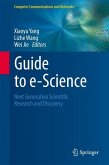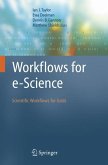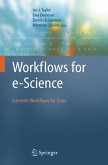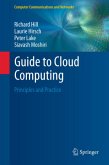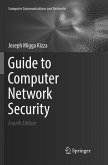This guidebook on e-science presents real-world examples of practices and applications, demonstrating how a range of computational technologies and tools can be employed to build essential infrastructures supporting next-generation scientific research. Each chapter provides introductory material on core concepts and principles, as well as descriptions and discussions of relevant e-science methodologies, architectures, tools, systems, services and frameworks. Features: includes contributions from an international selection of preeminent e-science experts and practitioners; discusses use of mainstream grid computing and peer-to-peer grid technology for "open" research and resource sharing in scientific research; presents varied methods for data management in data-intensive research; investigates issues of e-infrastructure interoperability, security, trust and privacy for collaborative research; examines workflow technology for the automation of scientific processes; describes applications of e-science.
Bitte wählen Sie Ihr Anliegen aus.
Rechnungen
Retourenschein anfordern
Bestellstatus
Storno


